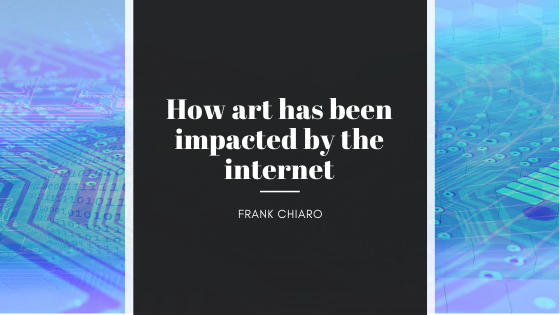Art exists in many forms: operas, Broadway plays, movies, orchestral performances, ballets, paintings, and museum exhibitions, to name but a few. Across centuries and civilizations, there have been artists creating and recording artists for the edification of humanity. Ever-evolving technological advancements, including the advent of the internet, have had profound impacts on the art world. Both positive and negative impacts of the internet are shaping the future of the global art scene.
Art has been positively impacted by the internet primarily because the many different art forms are now accessible to larger numbers of people. Concerts and plays are broadcast worldwide, and users can virtually stroll through museums and appreciate the works located within them without traveling thousands of miles. With widespread accessibility, the diversity of art aficionados has increased; patrons who might not be able to afford season tickets to their local opera can now listen online, for example. More people can enjoy the beauty and inspiration that comes from being exposed to art in its many incarnations. Many art forms have been democratized and now reach people of all ages, nationalities, ethnicities, socioeconomic statuses, and educational levels because of the ubiquity of global internet usage.
While accessibility brings increased exposure for artists and their creations, it also brings negative repercussions that can negatively impact artistic endeavors. The most prominent adverse impact is a dilution of respect for artists and their work. Audiences can easily grow disillusioned if their high expectations are not met; if stage sets are not intricate enough, or if museum collections are not robust enough, it can lead to users becoming hostile toward the art forms, primarily because they do not understand the amount of effort that goes into creating a piece of art. This inevitably leads to a lack of funding, as audiences do not perceive that it is necessary to fund art that does not meet their exaggerated expectations. When art is primarily viewed through a screen that is connected to the internet, it can be difficult to fully communicate the pieces in their entirety and to have the full experience of being in the presence of beautiful work.
